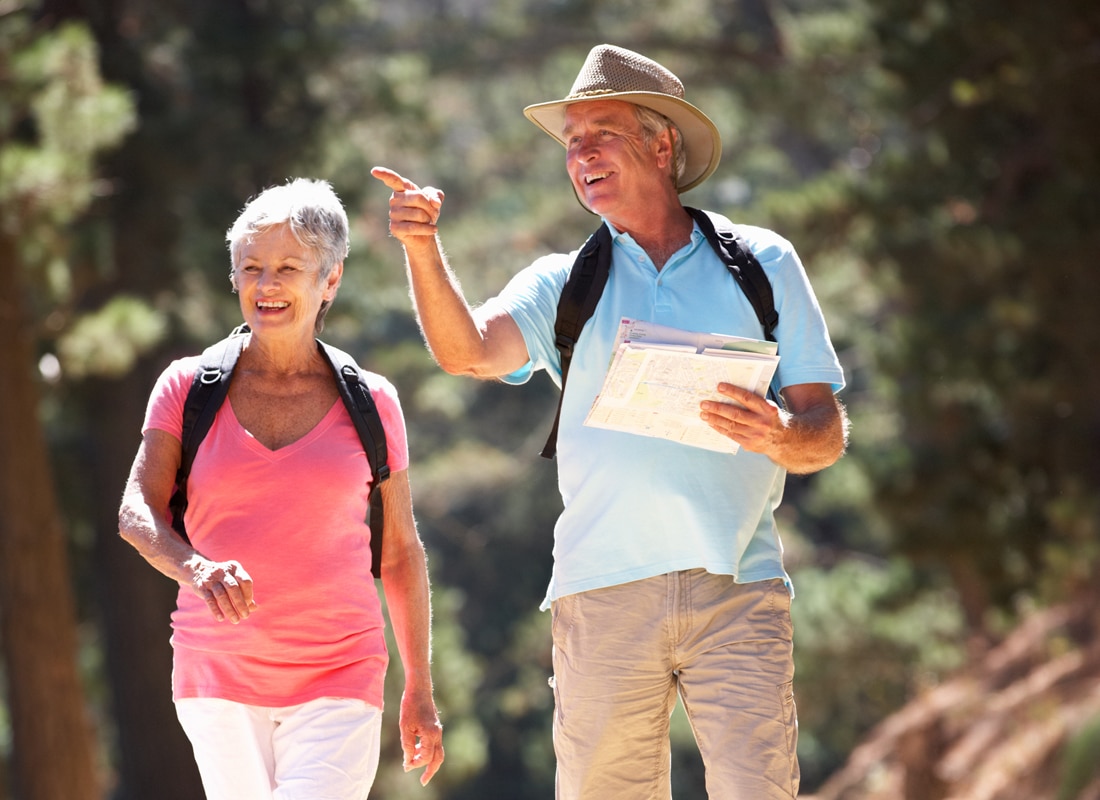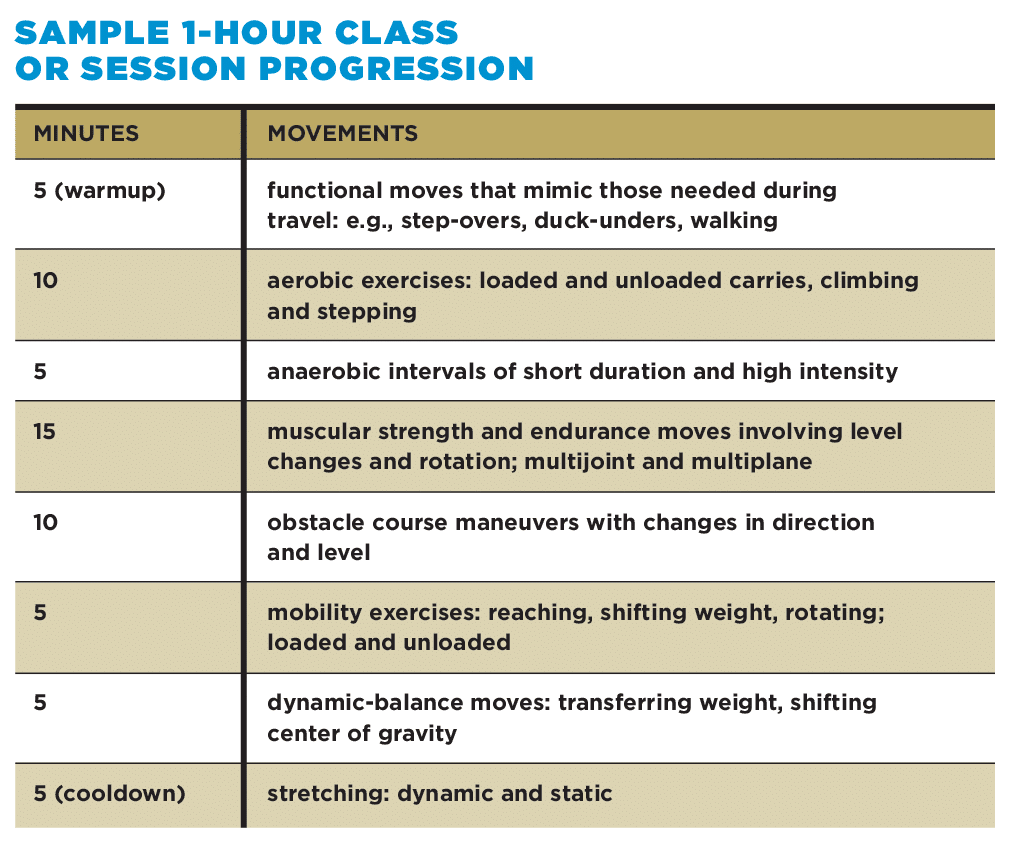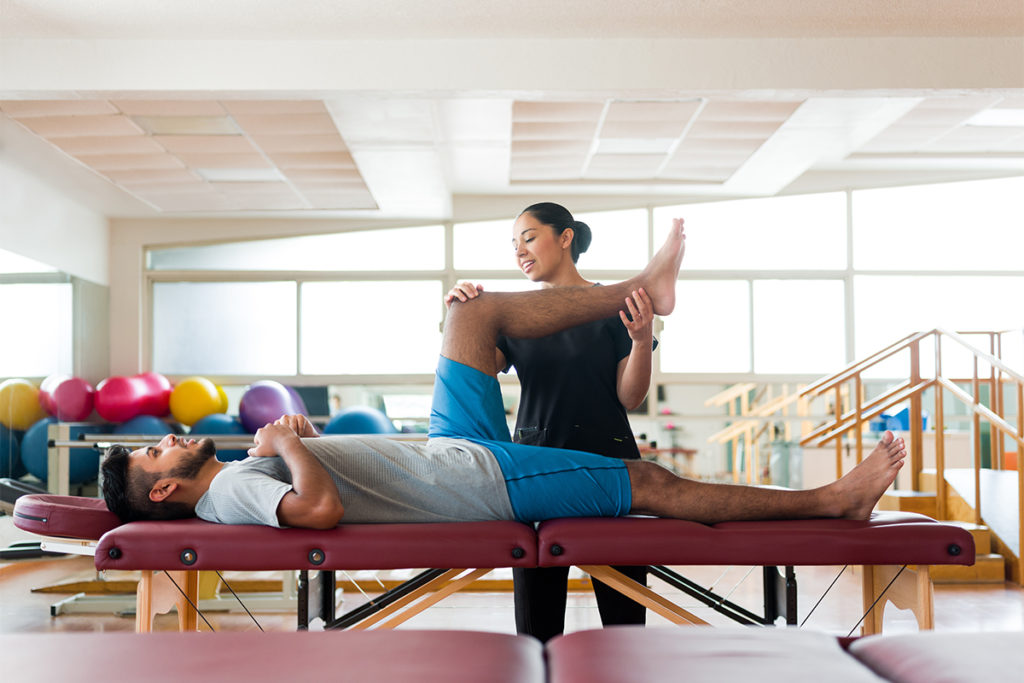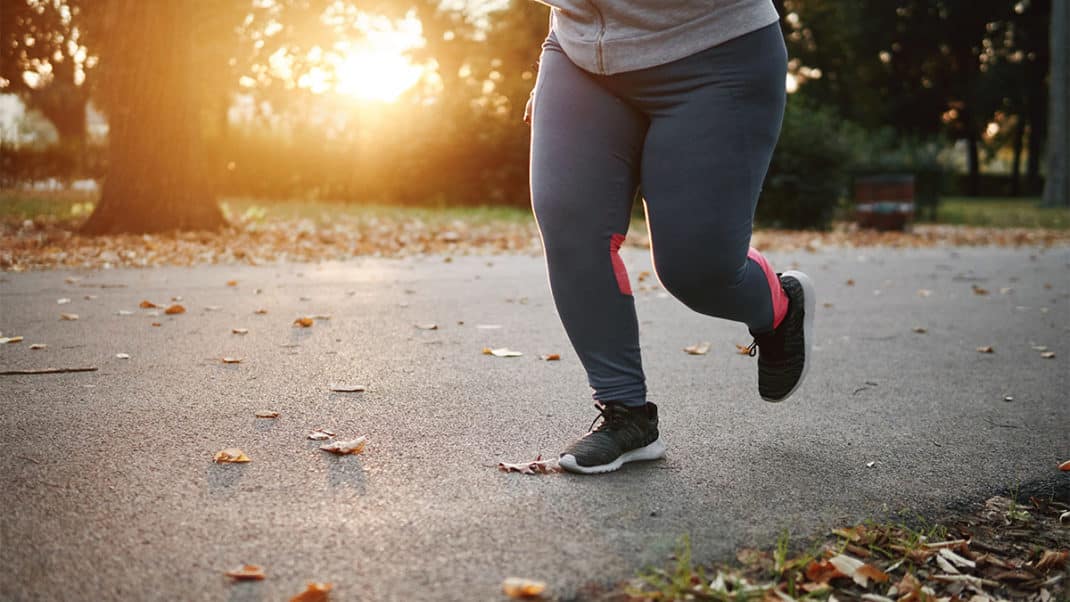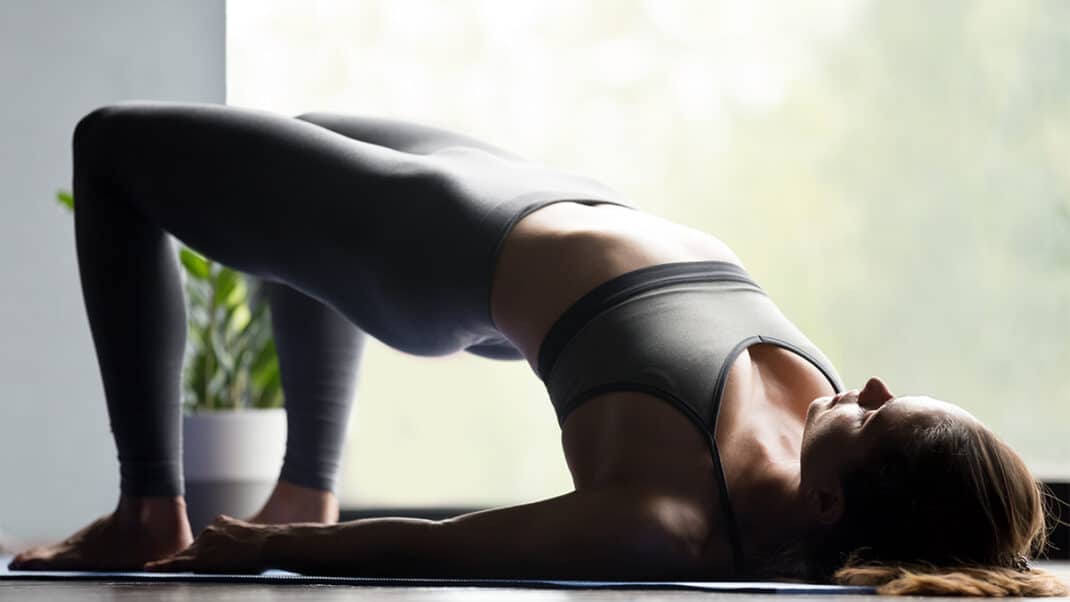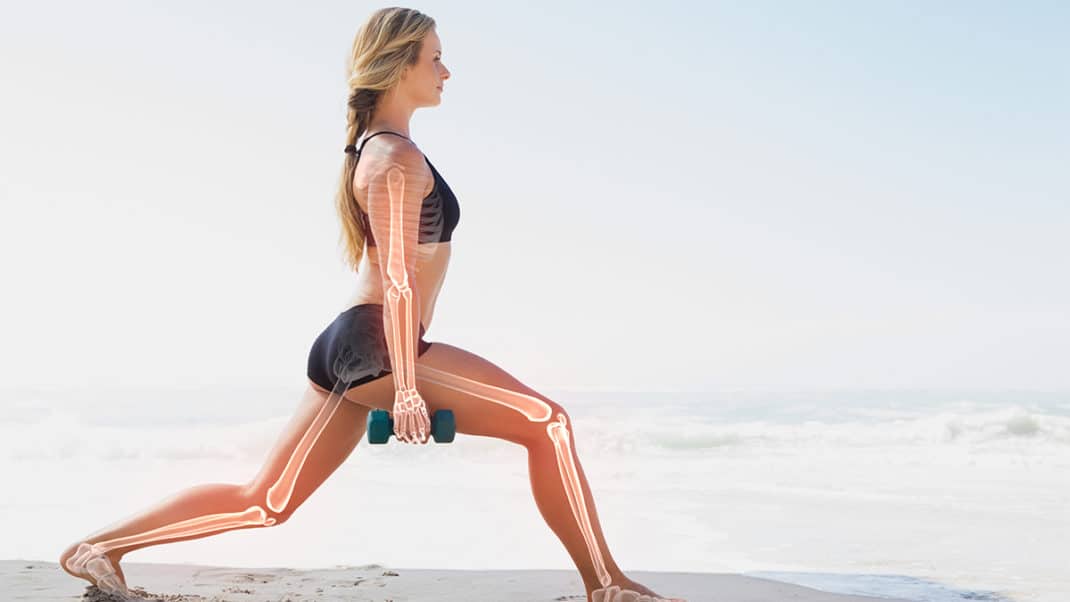Fit to Travel: Exercises for Seniors
Get your older adult clients ready for the rigors of tourism and active vacations with these training tips and pre-travel exercises.
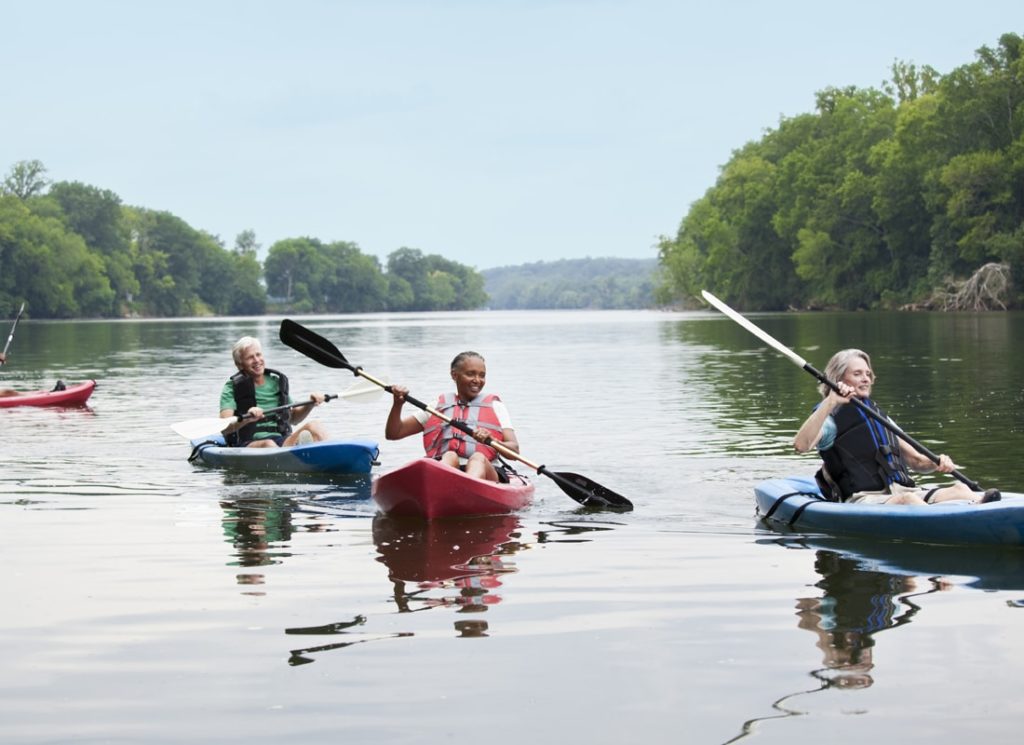
Editors note: Programming exercises for seniors is more important than ever, especially now that travel is opening up again, but your clients may not have kept up with their workouts over this last year. Here are some great ways to prepare your active agers for more adventure.
Originally published on Feb. 14, 2019.
Do your over-55 clients or class members want to travel for pleasure but need more strength, stamina and mobility? Do they worry they’ll miss seeing the world because they lack physical ability?
If so, you can design a workout program with exercises for seniors to help them build endurance, aerobic capacity and functional strength, whether for a road trip, for traveling abroad or for sightseeing nationally. Make a point of training older adults so they can get to the places they want to see and enjoy the experiences they want to have. You’ll quickly capture new clients, boost your revenue and engage a huge niche that’s largely untapped (see “Massive Potential for Serving Older Travelers,” below).
The Travel Challenge
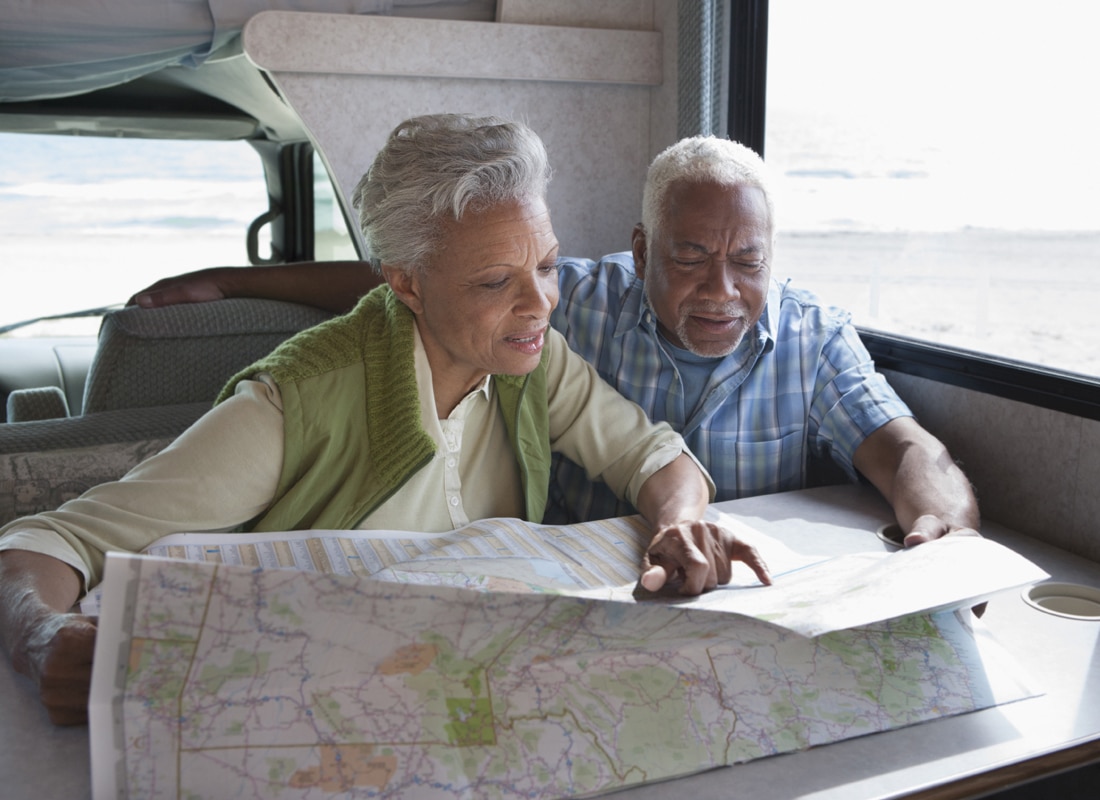
Help your clients map out strategies to help them get the most out of their vacation plans.
Older adults often lack the physical ability required to realize their travel dreams. Organizations focused on fitness habits—such as AARP—cite health issues and lack of energy as hurdles that stand between seniors and their destinations. Sedentary lifestyles pose one of the core challenges. Surveys conducted by the U.S. Department of Health and Human Services, for instance, show that more than half of people 65 and older are physically inactive (HHS 2017; ICAA 2018a). Moreover, when researchers from AARP asked baby boomers what kept them from taking all the personal trips they would’ve liked to take in 2018, health was the second-most-common barrier, after cost (Gelfeld 2017; Statista 2017).
In short, we have a lot of unfit older people who need your expertise to help them realize their leisure travel goals. Specifically, they need more functional strength, stamina and mobility. You can help by creating classes or sessions that match training with the way people move when on the road, in the air or on the tracks.
In my experience, older exercisers are more likely to flock to your travel training if you keep it short and sweet. For instance, I created a 2-month program called Fit2Travel© that schedules two classes a week and strongly urges clients to do more cardio training on their own. Admittedly, a 2-month lead time is a bare minimum: 8 weeks, twice a week, at 60 minutes per session is just 16 hours of training before they set off. Yet it is 16 more hours of activity-specific, directly transferable training than they might have had otherwise, so they’re still better prepared for getting out and about.
Matching Exercises for Seniors to Their Travel Needs
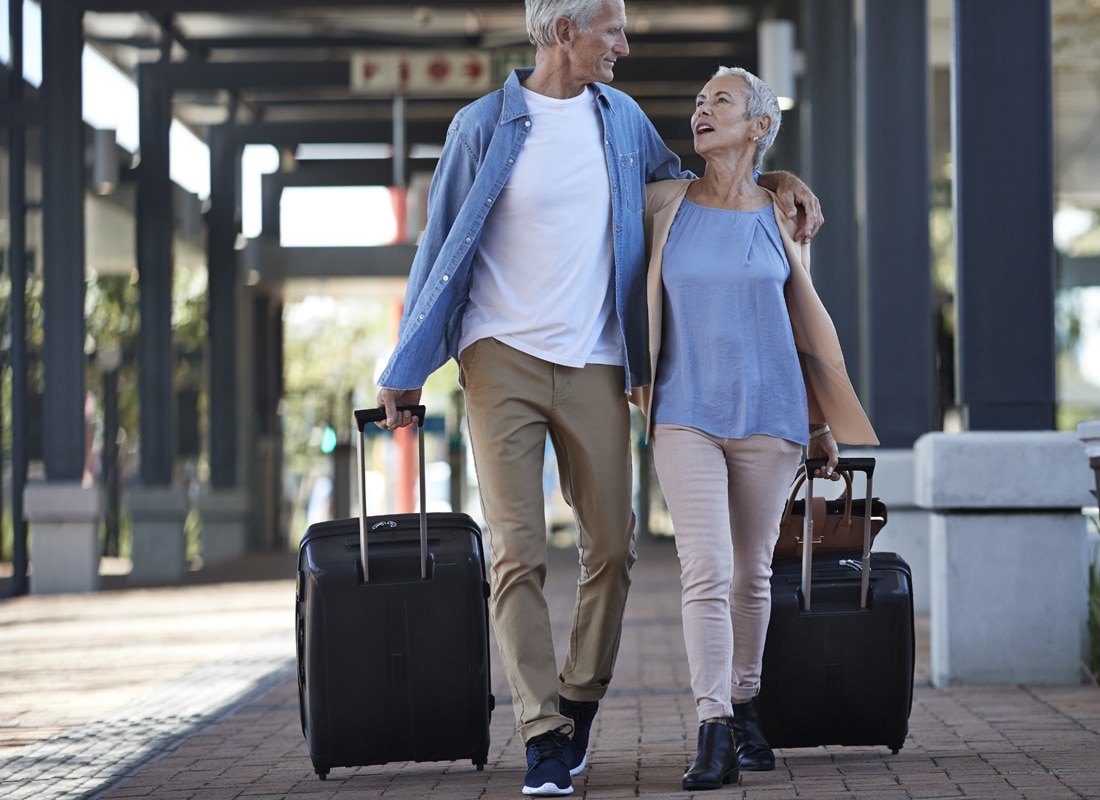
Exercises for seniors can help them prepare and more fully enjoy every step of their travels.
When you’re designing travel-specific exercises for seniors, start with a list of key physical demands. What do your members want to do on their trip? Will they be out in nature? Navigating foreign cities and streets? Hustling off ships for port tours?
With one-on-one clients, ask about their away-from-home plans and then list the functional tasks they expect to face. For group classes, check out “Sample Tasks and Physical Demands for Leisure Travel,” below, which covers the most common leisure-travel activities. Next, tap into your knowledge base to assign functional exercises to match each travel task.
Step Up Their Stepping Abilities
It’s very likely that in both domestic and international travel your participants will face a lot of stairs. Indoors or outdoors, stairs will be everywhere and will often be the only option to get from point A to point B. Especially if your members are heading overseas or into nature, there may be no handrails or the steps may have slippery or centuries-old surfaces that are worn and uneven. Have you ever tried climbing turrets in Europe that offer only an ever-circling smooth wall on one side and nothing to hold onto on the other? What about visiting caves where you are admonished not to touch anything, as was the case on a recent trip my husband and I took to Crystal Cave in Sequoia National Park? Picture your older adults ascending and descending in unknown surroundings, perhaps with little light. One obvious solution is to add stair climbing to their program. But can they handle stairs hands-free with no railings? Or do they first need your help to develop more dynamic balance? Should you add glute and quad strengthening and muscular endurance exercises to their program along with a balance component?
Step-ups to a knee lift might translate well for this task, as would other dynamic-balance exercises.
For more exercises for seniors, see: Once-Weekly Strength Training for Older Adults and Balance Training for Seniors.
Duck-Unders and Step-Overs
Do your members’ travel plans include hiking in nature or in crowded cities where they will have to duck under and step over uneven barriers or terrain? Offer side-stepping squats that mimic dropping down and lifting back up while traveling laterally (duck-unders).
Combine those moves with frontal-plane step-overs, where participants transfer their weight laterally as they lift one leg, and then the other, up and over an imaginary obstacle, such as a fallen log. Also include step-overs in the sagittal plane. At some point, travelers might need to move forward (versus sideways) to get over high curbs, short walls or branches, for instance.
See also: Light Activity for Older Women’s Mobility.
Obstacles Along the Way
Stairs aren’t the only challenge. Travelers also have to navigate unpredictable passageways and trails full of twists and turns. Maybe they foresee crossing streams and creeks, balancing on rocks in the water or stepping over bridges made of narrow wood planks. What about navigating nonconforming and ever-changing curbs, sidewalks and cobblestone streets? On a trip to Kathmandu with my mom, I had to catch her several times when she misjudged the inconsistent street and curb levels.
Set up mini obstacle courses that train for direction changes, underfoot variations and balance challenges. Depending on your members, you may want to perform some moves with dimmed lights.
The Long and Winding Loads
Add loading and unloading drills. Your peripatetic older adults will probably need to lift luggage, souvenirs or grandchildren. Cue your clients to pick up free weights or kettlebells at a “starting point” and carry them to a designated “end point” where they set the weights down. Then have them pick the weights up again and walk them back. Use this opportunity to teach proper lifting form: holding loads close to the body and bending at the knees and ankles instead of at the spine.
I designate days for my participants to bring in a suitcase, and we pack the cases with a few free weights. Using suitcases as props adds fun and makes the class more authentic and training-specific.
Prepare for Takeoff and Landing
Suitcases also come into play when we practice getting them into and out of an overhead compartment in a train or an airplane. The training involves picking up free weights or weighted luggage from the ground, then pushing the load above the head in one smooth move.
Airplane and train aisles are narrow, so account for rotation and the limited space as you mimic the pulls and pushes your clients will need. Cue them to control the downward or return move, resisting gravity so they don’t bang their luggage onto another passenger’s head.
End at the Bottom
Definitely include wall sits, reverse ball squats, chair hovers (where exercisers start seated, lift up slightly, hold in place while hovering above the chair, then lower or stand), or similar exercises. I recommend using chairs of various heights, lower than standard 17-inch seats.
The odds are strong that your over-55 travelers will need to use a primitive toilet or a low-seat or no-seat bathroom during their journeys. They will be grateful for the lower-body strength to squat and get back up or to hover above the toilet. If there is any time your traveling members want to have sufficient quad, glute and hamstring strength, this is it.
Benefits of a Travel-Preparation Fitness Program
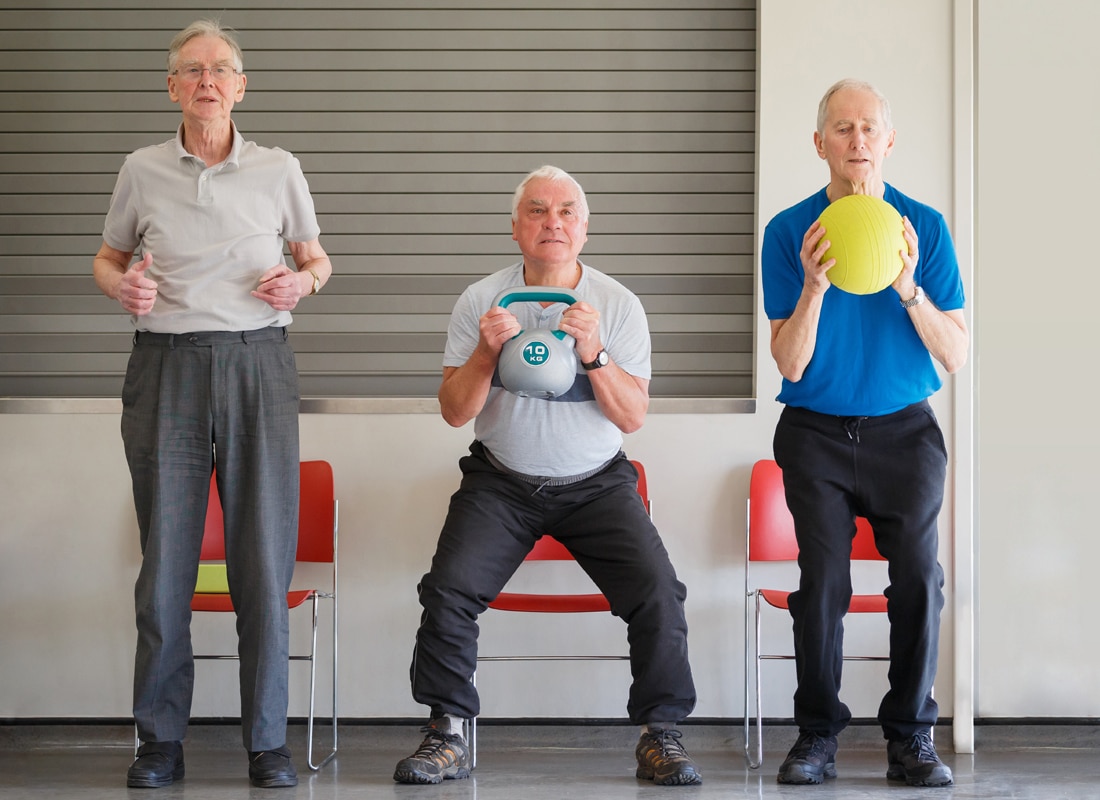
Programming these exercises for seniors now and help enhance their travel experience down the road.
Use some of these benefits as selling points to attract older exercisers who want to travel:
- more ability to enjoy a wider variety of vacation activities
- lower risk of injury and muscle soreness
- higher energy for exploring and engaging with their destinations
- more adventure memories
- greater ability to get to places they want to go to
- more freedom to say yes to sightseeing opportunities, that next vista just beyond the rise, the last leg of the tour or the added adventure for the active person
Massive Potential for Serving Older Travelers
Just how big is the older-exerciser niche? Consider these stats:
- Baby boomers—born 1946–1964—number more than 78 million, and 58 million of them will still be alive in 2030, according to U.S. Census data (Van Pelt 2010).
- In 2018, boomers expected to take four or five leisure trips, spending almost $6,400 on travel—as much as or more than they spent in 2017, according to AARP’s 2018 Travel Trends Survey (Gelfeld 2017). If those patterns prevail, travel will remain a huge priority for this cohort in 2019.
- In 2020, the global 60-and-older population will pass 1 billion for the first time—1 in every 7 people worldwide—according to the International Council on Active Aging (ICAA 2018b).
- From 2010 to 2030, the U.S. 65-and-older population will grow by 81%, says Ken Dychtwald, PhD, founder of Age Wave and a top thought leader on aging issues. The next-fastest-growing age group—35- to 44-year-olds—is expected to grow by a mere 16% in the same time. Yes, you read that right: first place, 81%; second place, 16% (Age Wave 2018).
These trends suggest baby boomers will overwhelmingly drive market growth for the next decade, if not longer.
Sample Tasks and Physical Demands for Leisure Travel
When building exercise plans, ask clients and class members about the activities they anticipate doing during their vacations. The list here covers everyday leisure travel needs. Adventure and sports travel—such as whitewater rafting, ziplining and snowboarding—are beyond the scope of this article.
Focus on your “average” over-55 member who wants to sightsee and explore the world. Your list will probably be much longer once you have brainstormed your members’ specific plans and fitness requirements, but these exercises for seniors will give you a great start.
ON THE PLANE
- Make it to the plane gate before the door closes, sprinting if need be while hauling carry-on luggage
- Lift carry-on luggage into and out of the overhead compartment.
ON THE GROUND
- Walk hours per day over hard, rough, uneven terrain, streets or trails.
- Climb to the tops of towers, turrets and mountains—and back down.
- Tackle uneven stairs and ancient steps.
- Climb and descend hills using appropriate joints and muscles (hint: use the ankles instead of bending at the waist or folding at the hips).
- Mount buses and trains quickly.
- Keep up with a tour group.
- Stay balanced while taking photos.
- Carry suitcases when needed (e.g., some train stations in China offer no elevators, escalators or porters).
- Have strength to carry around souvenirs.
- Maintain balance on unpredictable streets, curbs, sidewalks and everchanging
pathways. - Dodge traffic, especially in places with a lot of scooters, motorcycles and bicycles.
- Get up and over obstacles.
- Get down and up from low toilets, such as primitive stalls or “squat” toilets (ever been to Thailand or a national park, for instance?).
Types of Exercises for Seniors to Consider
A good starting point is to include the following categories of moves in your travel fitness program:
- functional exercises that mimic motions used during travel
- loaded and unloaded carry exercises—walking and standing
- short anaerobic drills, such as sprints
- muscular endurance moves, going from low to high, mid to overhead and high to low
- traveling frontal- and sagittal-plane isometric squats and isotonic
squats/wall sits - obstacle course maneuvers with changes in direction, level and terrain
- dynamic-balance work, loaded and unloaded
- range-of-motion stretches and extensions
See also: Exercise Progressions for Seniors.
Fitness Is the Go Code for Travel
I hope these ideas and session design principles inspire you to reach out to your traveling older adults so they can get out and about. To quote Peggy Goldman, president and founder of Friendly Planet Travel, in a Travel and Leisure interview, “Typically it’s the older folks who don’t care how they look; they’re just game to try something new.” Be the spark that allows your older members to add new experiences to their lives. Train your boomers to get fit enough to go, go, go!
References
Age Wave. 2018. Change in population growth: U.S. 2010–2030. Accessed Dec. 4, 2018: agewave.com.
Brandon, E. 2017. 6 baby boomer travel trends. U.S. News & World Report. Accessed Nov. 29, 2018: money.usnews.com/money/retirement/boomers/articles/2017-03-27/6-baby-boomer-travel-trends.
Doherty, P. 2018. How to travel the world after you retire. Travel and Leisure. Accessed Nov. 29, 2018: travelandleisure.com/travel-tips/how-to-travel-world-after-retirement.
Gelfeld, V. 2017. Travel research: 2018 travel trends. Accessed Dec. 4, 2018: aarp.org/content/dam/aarp/research/surveys_statistics/life-leisure/2017/2018-travel-trends.doi.10.26419-2Fres.00179.001.pdf.
HHS (U.S. Department of Health & Human Services). 2017. Facts & statistics. Accessed Oct. 31, 2018: hhs.gov/fitness/resource-center/facts-and-statistics/index.html#footnote-4.
ICAA (International Council on Active Aging). 2018a. An appetite for health. Accessed Nov. 29, 2018: icaa.cc/blog/2018-06/An-appetite-for-health.htm.
ICAA. 2018b. The older population is set to transform the fitness industry. Accessed Nov. 29, 2018: icaa.cc/blog/2018-07/The-older-population-is-set-to-transform-the-fitness-industry.htm.
Kulwicki, A., & David, P. 2014. Travel research: 2015 boomer travel trends. Accessed Dec. 4, 2018: aarp.org/content/dam/aarp/research/surveys_statistics/
general/2014/AARP-2015-Boomer-Travel-Trends-AARP-res-gen.pdf.
Statista. 2017. Barriers to travel among baby boomers in the U.S. in 2018. Accessed Nov. 29, 2018: statista.com/statistics/373349/barriers-to-travel
-among-baby-boomers-us/.
Van Pelt, J. 2010. Exercise as medicine. Aging Well, 3 (1), 18.
Kymberly Williams-Evans, MA
Kymberly Williams-Evans, PhD (ABD) has been a fitness professional on four continents, in four languages, for four decades on land, at sea and across the airwaves. After years of co-hosting an online radio program (Active Aging for BoomChickaBoomers), she reports having interviewed scads of great guests and two really bad ones.
